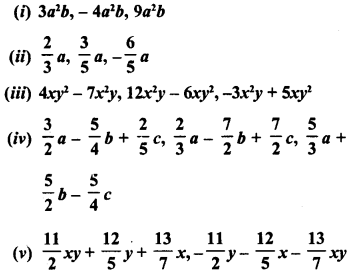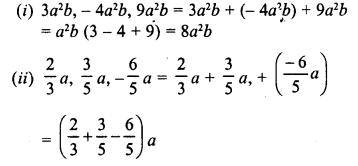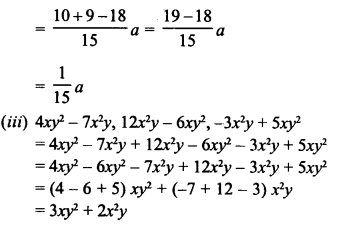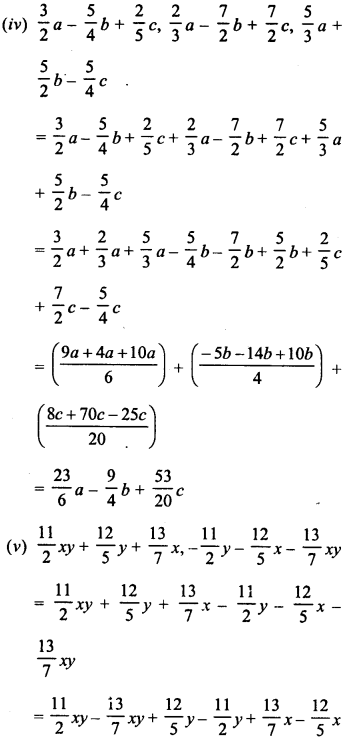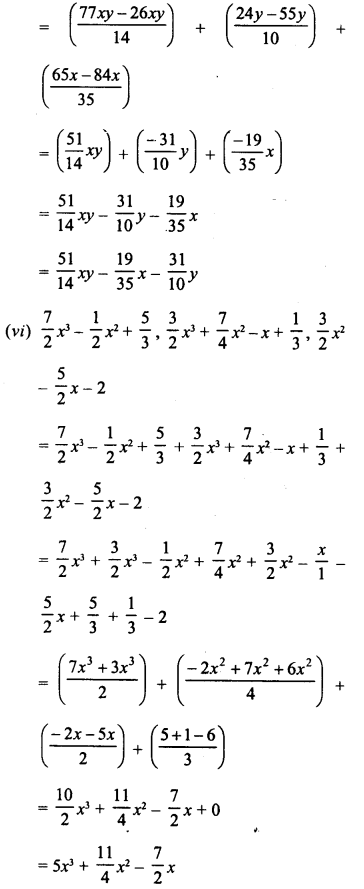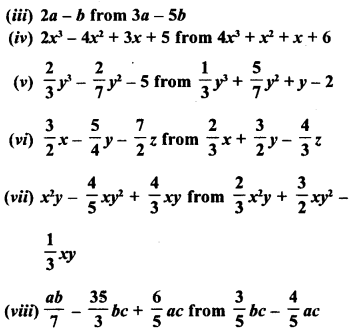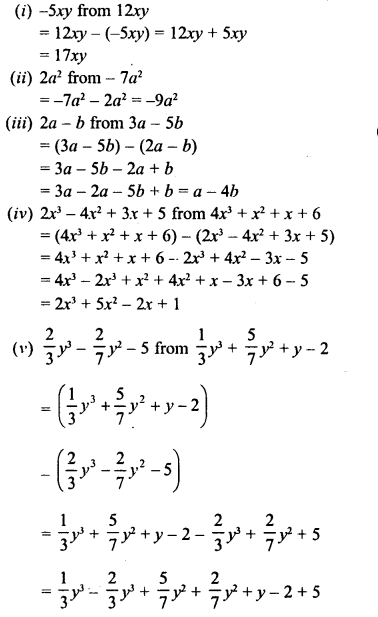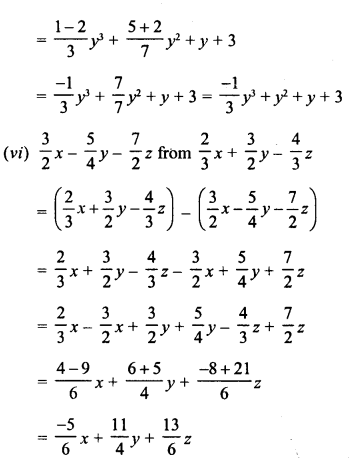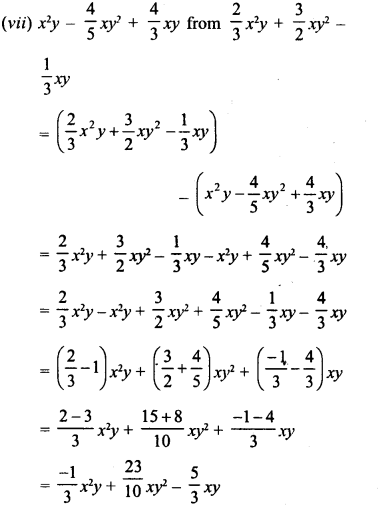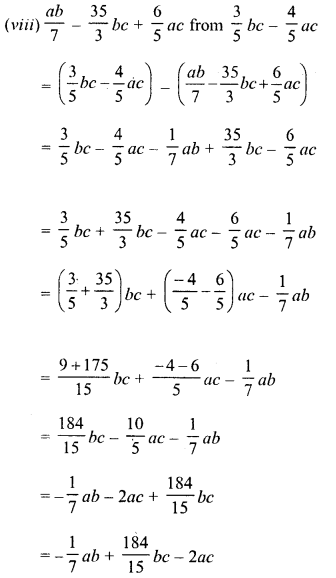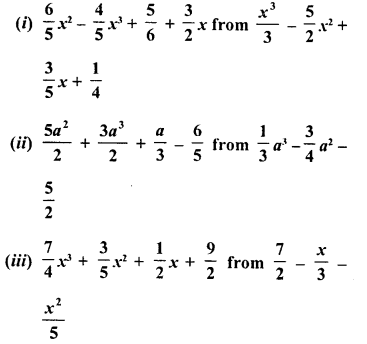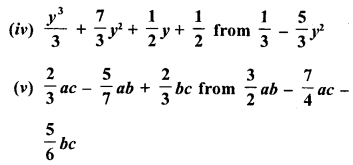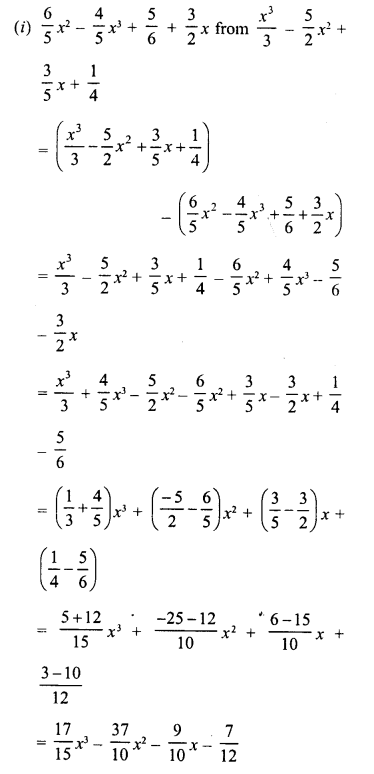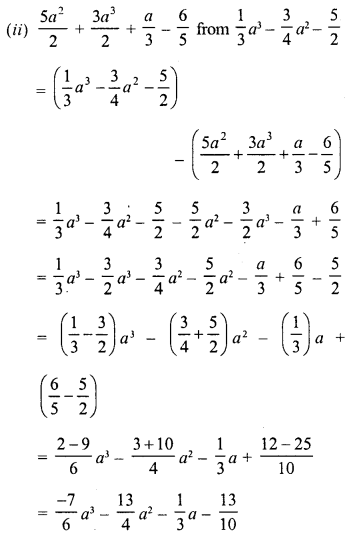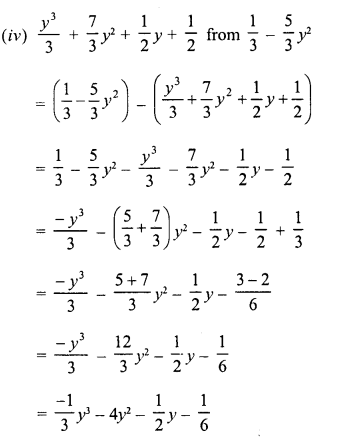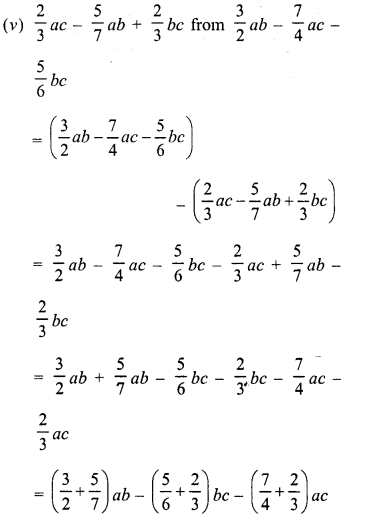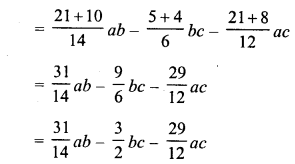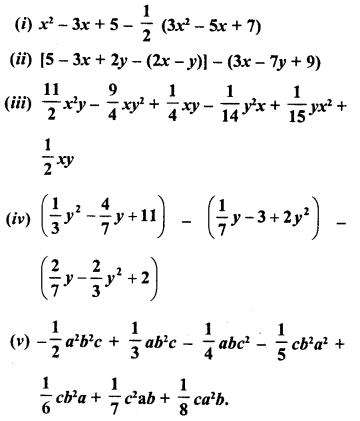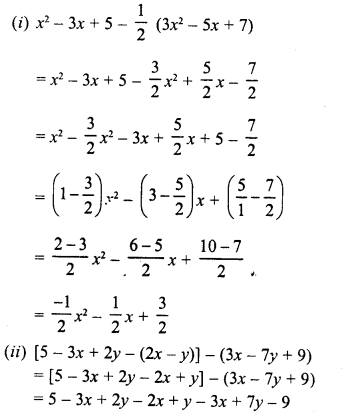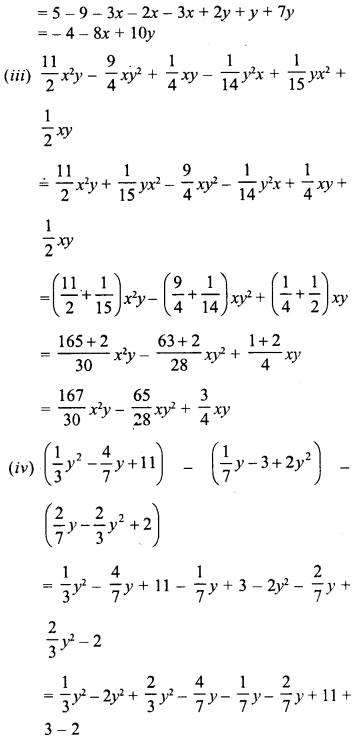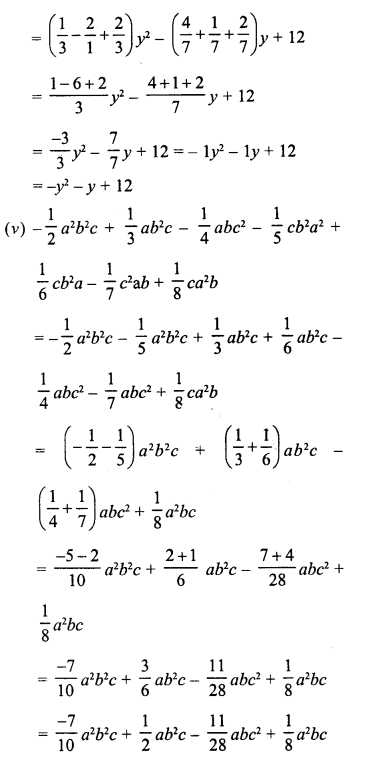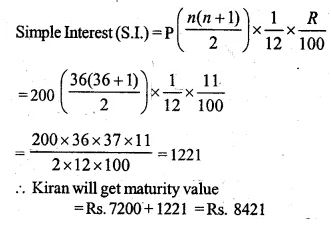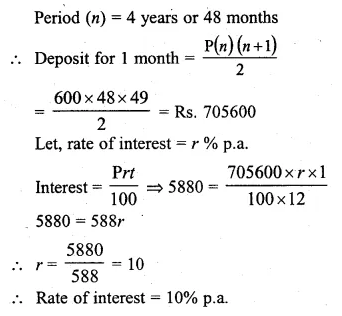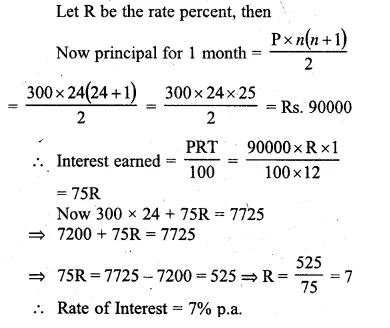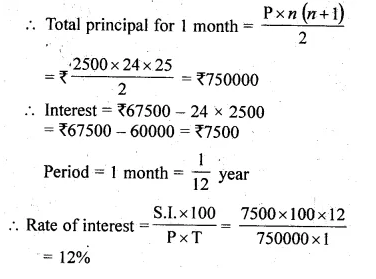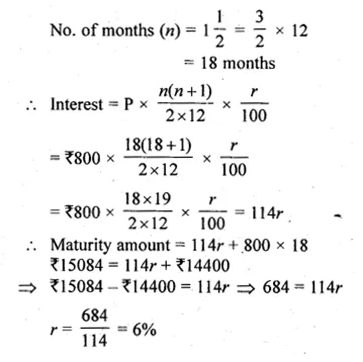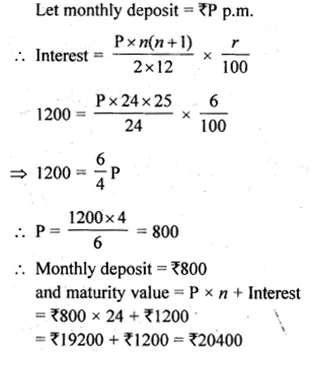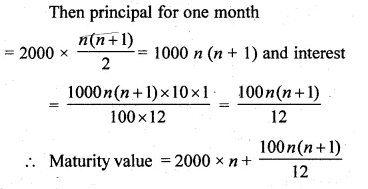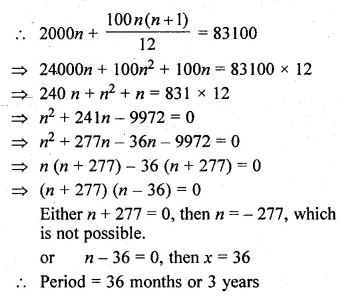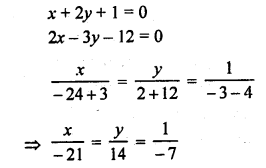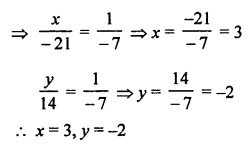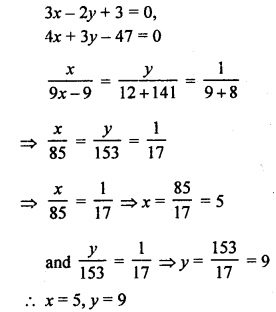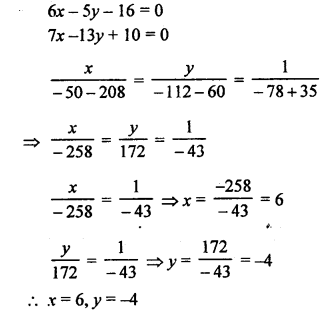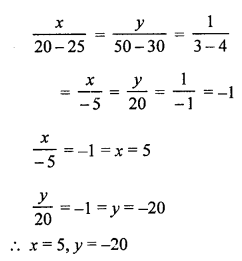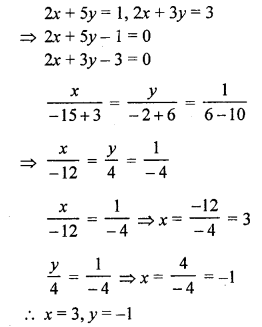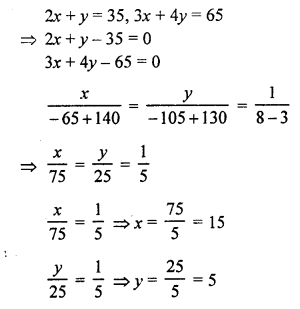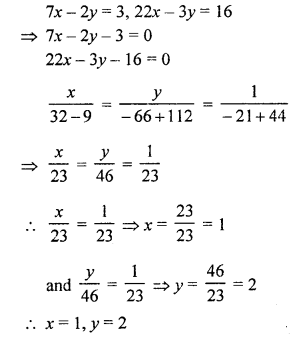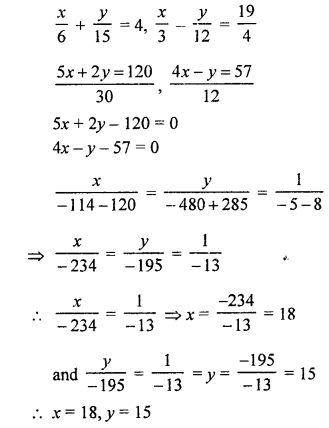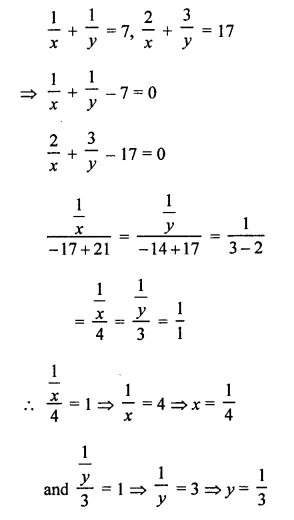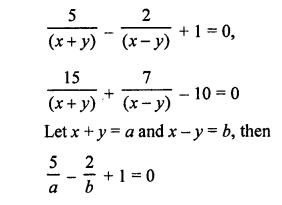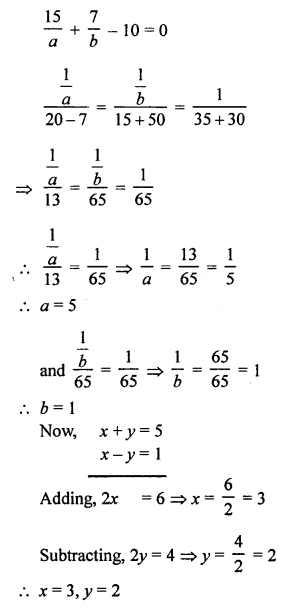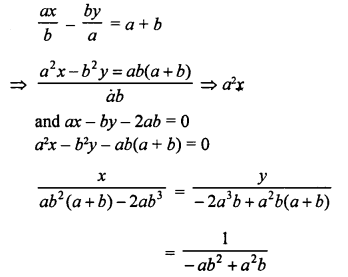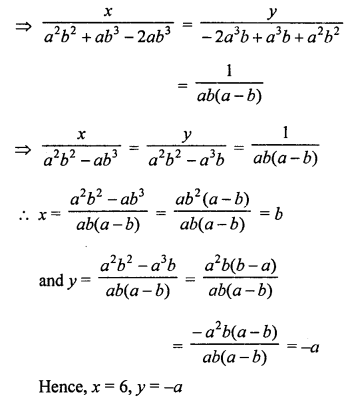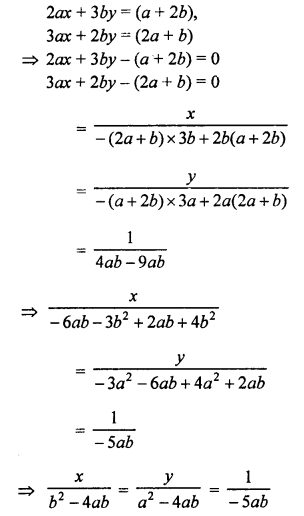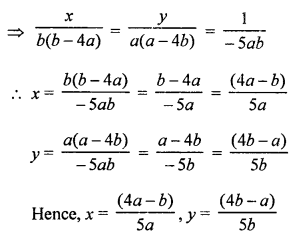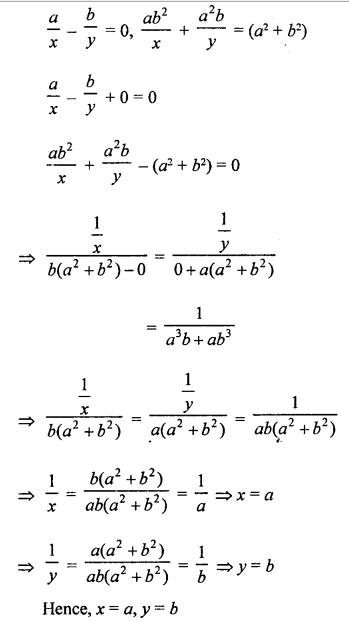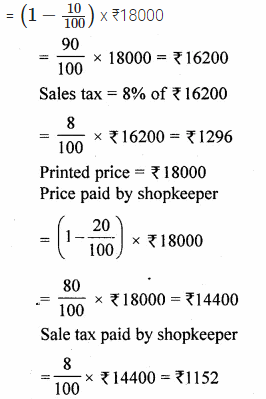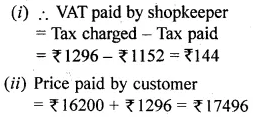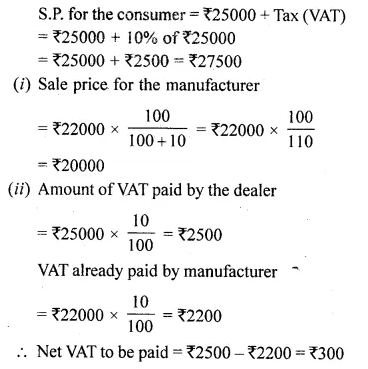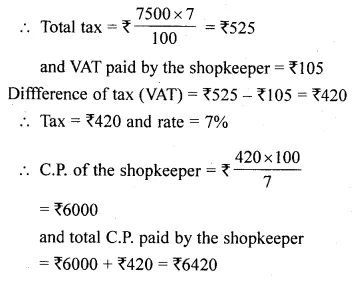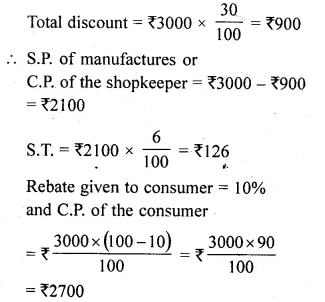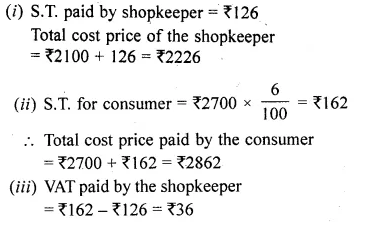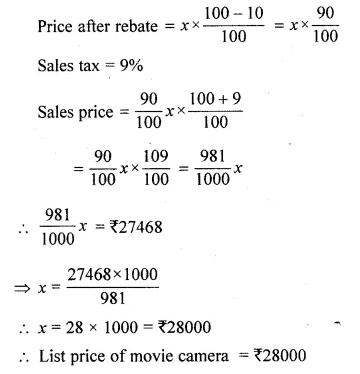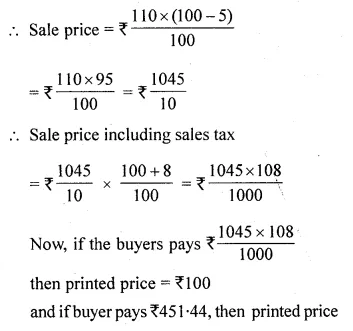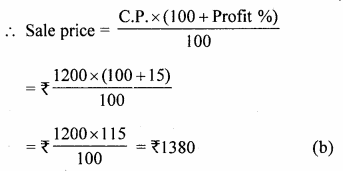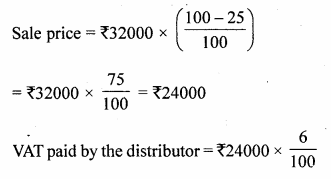CA Foundation Business Economics Study Material Chapter 3 Theory of Production and Cost – Factors of Production
Factors of Production
Land:
Generally, land means earth’s surface.
However, in economics land refers to all the free gifts of nature i.e. natural resources. Land includes natural resources:
- on the surface of earth; E.g. Soil, forest, plots of land, etc.
- below the surface of earth, E.g. mineral deposits, etc. and
- above the surface of earth, E.g. climate, sunshine, rain, etc.
Land has the following characteristics
- Primary Factor. Land is the original and primary or natural factor of production. It provides various natural resources for production.
- Free Gift of Nature. Land is the creation of nature and not man made. It is a free gift of nature to mankind.
- Inelastic Supply. Land is fixed in supply. Its supply cannot be either increased or decreased by any human efforts. However, its supply is relatively elastic from the point of view of a firm.
- Lacks Geographical Mobility. Land cannot be moved bodily from one place to another. However, land is said to be mobile in the sense it can be put to many alternative uses.
- Passive Factor. Land does not yield any result unless human efforts and capital are employed.
- Heterogeneous. Land differs in nature, fertility, uses and productivity from one place to another.
- Permanent. It means that land cannot be destroyed. The productive power of soil is original and indestructible according to RICARDO.
- Diminishing Returns. The land is subject to the Law of Diminishing Returns more quickly in the cultivation of land.
Labour:
- Labour in economics means any work whether physical or mental done in exchange for some monetary reward.
- Anything done out of love and affection is not labour in economic sense.
Labour has the following peculiarities (characteristics) which makes it different from other factors:
1. Labour is inseparable from labourer
- All other suppliers of factors can be separated from the factors which they supply. E.g. Land can be separated from its owner.
- However, the labourer cannot be separated from the work which he performs. E.g. A doctor has to attend his patients in person. Labour is connected with HUMAN EFFORTS.
2. Human Factor
- It is a live factor of production. Hence, labour has feelings and temperament.
- So it is very much affected by surroundings, working, conditions, motivation, leisure, recreation, working hours, etc.
3. Highly perishable
- Labour cannot be stored for future use. It is highly perishable.
- A day lost without work means a day’s work gone forever.
- Hence, labourer has weak bargaining power and has to accept even low wages.
4. The labourer sells his services and not himself
- In the labour market it is labour which is brought and sold and not the labourer.
5. Heterogeneous
- Labour power differs from labourer to labourer.
- Labour power depends upon physical strength, education, skill, training, efficiency, etc.
- Hence, labour can be classified as unskilled, semi-skilled and skilled labour.
- The skilled labour is called as human capital.
6. Mobile
- Labour is a mobile factor.
- Labour is much less mobile than capital.
- Labourer is human being and hence has attachment with his family, custom, religion, culture, etc. and so is hesitant to move from one place to another.
7. Active Factor
- Labour is the most active factor of production. Other factors are made operative with the use of labour.
8. Labour has sociological characteristics.
- Employment of labour involves problems relating to labour welfare.
- E.g. Social security like provident fund, gratuity, medical benefits, pension, etc.
- Other factors do not have such characteristics.
9. Supply curve of labour is backward sloping.
10. The supply of labour is inelastic in short run.
Capital:
- In ordinary language, capital is used in the sense of money.
- But in economics the term ‘Capital’ means man made stock of goods like factories, machines, tools, equipments, raw materials, dams, canals, transport vehicles, etc. which are used in production.
- Thus, ‘Capital’ in economics is used in the sens(e of real capital i.e. capital goods.
Capital has therefore, been rightly defined as “produced means of production” and as “man made instrument of production”.
Land and labour are primary or original factors of production. But capital is produced by man working with nature to help in the production of further goods. Following are the main characteristics of capital: –
1. Capital is man made
Capital is not produced by nature. It is artificial as it is produced by man.
2. Capital is productive
Use of capital increases the overall productivity in a given process. It provides tools and implements to labour for production.
3. Supply of capital is elastic
- The supply of capital can be adjusted to demand.
- The stock of capital depends on capital formation.
- Thus, by raising the rates of savings and investments the supply of capital can be increased.
4. All capital is wealth
- Capital is that part of wealth which is used in further production of wealth.
- Hence, capital has all the characteristics of wealth like utility, scarcity, transferability and price.
5. Capital is a passive factor
It alone is unable to produce anything. It is ineffective without the use of labour and land.
6. Capital is the most mobile factor.
It has both place as well as occupational mobility.
7. Capital is durable
Physical capital assets like plant and machinery, factory buildings, etc. last over a long time in the process of production. However, they are subject to depreciation.
8. Capital involves social cost
- In the creation of capital, the money to be used for present consumption has to be diverted.
- Sacrifice of present consumption and enjoyment of the people is treated as a social cost.
Types of capital

- Fixed Capital. Those durable physical assets which can be repeatedly used in the process of production for long periods are called fixed capital. E.g. Machinery, Plant, Tools, Factories, Railways, etc.
- Circulating or Working Capital. Working capital refers to those goods which are used up in the single act of production. Such goods are used only ONCE in production. E.g. raw materials, power, fuel, etc. They are single use producer’s goods.
- Sunk Capital. Sunk capital is the capital which is used to produce only one single commodity. It can be put to a single specialized use only. E.g. A brick kiln can be used only to bake brick and nothing else. Sunk capital therefore, lacks occupational mobility.
- Floating Capital. Floating capital is that which can be put to several uses. E.g. electricity, money, leather, etc.
Real Capital. Real capital refers to the physical capital goods like machinery, raw material, factory buildings, etc. which help in production. - Human Capital. The human capital is in the form of people who are equipped with education, skills, training, good health, etc. A faster economic growth can be achieved with the accumulation of human capital.
- Tangible Capital. Tangible capital is one which can be seen and touched. E.g. machinery, tools, etc. in other words, it is real capital.
- Intangible Capital. It cannot be seen or touched. It can only be felt. E.g. goodwill, etc.
Money Capital. It is in the form of shares, debentures, bonds, stock certificates, etc. Money is invested in expectations of returns. - Individual Capital. Capital resources having personal or private ownership of an individual or group of individuals is called individual capital. E.g. Tata Enterprises.
- Social Capital. The capital which is owned by the society as a whole is called as social capital. E.g. roads, railways, schools, dams, canals, etc.
Capital Formation
- Capital formation means a sustained increase in the stock of real capital in a country.
- It is thus, an addition of capital goods like machines, tools, factories, transport facilities, power, etc. in the country.
- Such capital goods are used for further production of goods and thus increases the production capacity of the country.
- Capital formation is also known as investment.
- Capital formation plays an important role in the development of an economy generally, higher the rate of capital formation, more economically developed an economy would be.
There are mainly three stages of capital formation which are as follows:-
1. Savings
Savings represents that part of income which is not consumed. Level of savings in a country depends on – (i) ability to save, and (ii) willingness to save.
(i) ability to save
- Ability to save depends upon the income of an individual.
- Higher the income, higher is the savings.
- This is because with the increase in income the propensity to consume falls and propensity to save increases.
- This is true in case of both the individuals and the economy.
(ii) willingness to save
- A person with ability to save must also have willingness to save.
- Willingness to save depends upon individual’s concern about future. If a person is foresighted and wants to make future secure, he will save more.
- Willingness to save also depends upon family affection, desire for the growth and promotion of business, desire for prestige and power habits, sound banking system, stability in the money value, State’s taxation policy, etc.
2. Mobilization of Savings.
- The money so saved by the households must enter into circulation i.e. must be mobilized and make them available to the businessmen or entrepreneurs who require it for investment purposes.
- This requires a network of banks, financial institutions (like UTI, IDBI, etc.), insurance companies, etc.
- Such facilities help to promote high rate of mobilization and canalization of savings.
3. Investments
- The final stage is the investment of savings into capital assets like machinery, tools, buildings, dams, etc.
- Investment requires a large number of honest, dynamic, daring, efficient and skilled entrepreneurs in the economy.
- Investments also depends upon the factors like expected profits, rate of interest, size of market, stability in the money value, internal peace and security, fear of foreign aggression, etc.
Entrepreneur:
- The most important factor in production i.e. enterprise is provided by entrepreneur.
- An entrepreneur is a person or group of persons who bring together the different factors of production i.e. land, labour and capital at one place; combine them in right proportions; initiate the process of production by making them work together and bear the risks and uncertainty involved in it.
He is therefore also called the organizer, the manager or risk bearer. An entrepreneur performs the following functions:-
1. Initiating a business enterprise
- The first function of an entrepreneur is to start a business. For this he brings together the different factors of production like land, labour and capital.
- He pays them their respective remuneration i.e. rent for land, wages to labour and interest to capital.
- Any surplus left after factor payment is his reward i.e. profit which is not fixed.
- If his planning goes wrong he may also incur losses.
2. Risk and Uncertainty bearing
- Main function of an entrepreneur is to bear risk and uncertainty. According to Prof. F. H. Knight there are two types of risks namely –
1. Foreseeable or insurable risks e.g. risk of fire, thefts, accidents, etc.
2. Unforeseeable or non-insurable risk e.g. technological risks due to inventions, fluctuations in demand due to change in fashion etc., trade cycles, changes in govt, policies, etc. - Foreseeable risks can be predicted and hence can be insured. Such risks do not cause uncertainty and thus do not give rise to profits.
- Unforeseeable risks involve uncertainty and give rise to profits.
- True entrepreneurship lies in bearing non-insurable risks and uncertainties.
3. Innovations
- Prof. Joseph A. Schumpeter considers innovation as the true function of the entrepreneur.
- Innovation refers to all those changes in the production process the objective of which is to reduce the cost of production and increase profits.
- Innovations in wider sense includes introduction of new or improved production methods, a new machine, a new plant, use of a new source of raw material, change in the internal organizational set-up, etc.
- Such innovations give rise to profits but temporarily because once these are adopted by other firms, the profits could disappear.
- Hence, entrepreneur has to continuously introduce new innovations and contribute to technological progress and economic growth of the country.
Enterprise’s objectives and constraints
Earning profit is considered to be the prime objective of every business. However, earning profit cannot be the only objective of the business because an enterprise functions in the economic, social, political and cultural environment. Hence, an enterprise has to set us objectives in relation to such environment. The objectives of an enterprise are as follows:
1. Organic objectives: The basic purpose of all kinds of enterprises is to SURVIVE and EXIST i.e. to stay alive. This is possible only when it is able to recover its costs and earn profits. Once the enterprise is assured of its survival, it will aim at growth and expansion.
- Growth as on objective has gained importance with the rise of professional managers. H.L. Marris’s and other economists assert that managers of a corporate firm are interested in maximizing the growth rate rather than in profit maximization.
- Owners are interested in profits, capital, market share and public reputation.
- For growth and expansion of the firm it is necessary that adequate profits are made so as to provide internal funds for further investment.
- Growth and profit are both positively related to the size of the firm. Both of the objectives converge in one namely A STEADY GROWTH IN THE SIZE OF THE FIRM.
- Managers prefer balanced rate of growth over profits. The growth rate and growth is measured in terms of sales, number of branches, number of employees, etc.
2. Economic Objectives: The basic and important objective of every business is to earn profit. Accordingly therefore, the firm determines the price and output policy in a j manner that profits can be maximized.
- Investors expect sufficient returns from their company. Similarly, creditors and employees are also interested in profitable enterprise.
- The definition of profits in economic sense has different meaning than accountants’ definition of profits.
- Accounting Profit = Total Revenue – Accounting Cost (Explicit Cost)
- Economic Profit = Total Revenue – Economic Cost (i.e. Explicit + Implicit Cost)
- Profit maximization objective has been criticized because all firms do not aim to maximize profits. E.g.-
(i) Some firm try to achieve SECURITY with reasonable level of profit.
(ii) Some firms may try to MAXIMISE SALES (Prof. Baumol)
(iii) Some economists point that owners and managers of a company try to MAXIMISE THEIR UTILITY rather than profit.
3. Social Objectives: A business enterprise is an integral part of society. It lives in a society. It cannot grow unless it meets the needs of the society. It makes use of resources of society. Therefore, it owes something to society. Some of the important social objectives j of business are-
- To maintain continuous and desired quantity of unadulterated goods of standard quality.
- To avoid unfair trade practices.
- To avoid profiteering and anti-social practices.
- To create opportunities for gainful employment for the people in the society. A business should specially consider the handicapped, disabled and poor people.
- To avoid air, water or noise pollution.
4. Human Objectives: Employees are precious resources who contribute abundantly to the success in business. Therefore, the overall development of its employees, keep them motivated and taking care of employees should be major objectives of an organization. The common human objectives are-
- To provide fair deal to the employees at different levels.
- To provide good working conditions.
- To pay competitive and satisfactory wages and salaries.
- To impart training to employees and keep updating their knowledge.
- To provide opportunities to employees in decision making process on the matters affecting them.
5. National Objectives: An enterprise should try to fulfil the nations need and aspirations. It should work towards implementation of national plans and policies. Some of the national objectives are- .
- To remove inequality of opportunities and provide opportunities to all irrespective of caste and religion to work and to progress.
- To produce according to national priorities.
- To help country achieve self-sufficiency in production of all types of goods and thus reduce dependence on other countries.
- To provide education and training to young men to bring about skill formation for achieving growth and development.
- All the enterprises have multiple objectives and therefore, the need to set priorities by balancing of the objectives.
In the pursuit of the above objectives an enterprise’s action may get constrained in following ways-
- Lack of knowledge and information about many variable that affect business.
- Constraints may be experienced due to governments’ restrictions on the production, price and movement of factors.
- There may be infrastructural bottleneck.
- Changes in business and economic conditions; change in government policies about location, prices, taxes, etc.; natural calamities like fire, flood, famine, etc.
- Constraints are also faced due to inflation, rising interest rates, unfavourable exchange rate, capital and labour costs, etc.
Enterprise’s Problems
A business enterprise face many problem from its start, through its life time till it is closed down. Following are the main problems:
1. Problems relating to objectives: An enterprise functions in the economic, social, political and cultural environment. Therefore, it has a set of many objectives in relation to its environment.
These multifarious objectives many times conflict with one another. Hence, the enterprise faces the problem of choosing and striking balance between them.
E.g.- Social responsibility objective may run into conflict with expansion of production activity resulting in pollution.
2. Problems relating to location and size of the plant: An enterprise has to decide about ‘ the LOCATION of its plant. In doing so, it has to consider many costs like cost of labour, facilities and cost of transportation to decide where its plant should be located.
Another problem faced is about SIZE of the firm, whether it should be a small scale or large scale unit. Before deciding upon the scale of operations several aspects will have to be considered like technical, managerial, marketing, financial, etc.
3. Problems relating to selecting and Organising physical facilities: A firm has to decide about the nature of production process to be used and the type of equipments required for it. This will depend upon the require^ volume of production
This choice will be based on-
(i) the evaluation of costs of different equipments, and (ii) efficiency
It has also to prepare layout of plant.
4. Problems relating to Finance: A firm also has to do good financial planning. For this an enterprise will have to determine-
- amount of funds required,
- demand and cost of its products,
- profits on investments, and
- capital structure
5. Problems relating to Organisation Structure: An enterprise faces problem relating to organizational structure. It has to divide the total work of the enterprise by creating different departments in order to carry on the specialized functions by each department. It has to clearly define the roles and relationships of all positions also.
6. Problems relating to Marketing: For survival and growth, a firm has to properly do marketing of its products and services.
- It has to identify its actual and potential customers, tools of marketing, etc.
- After identifying the market, the firm has to decide upon product, promotion, price and place aspects.
7. Problems relating to Legal Formalities: Many legal formalities are to be carried out at the time of formation, during the life time and at closure.
E.g.- assessing various taxes and paying, maintenance of records, filing various returns, adhering to laws formulated by Govt., etc.
8. Problems relating to Industrial Relations: This problem relates to winning worker’s co-operation, enforcing discipline among workers, workers participation in management, dealing with trade unions, etc.
